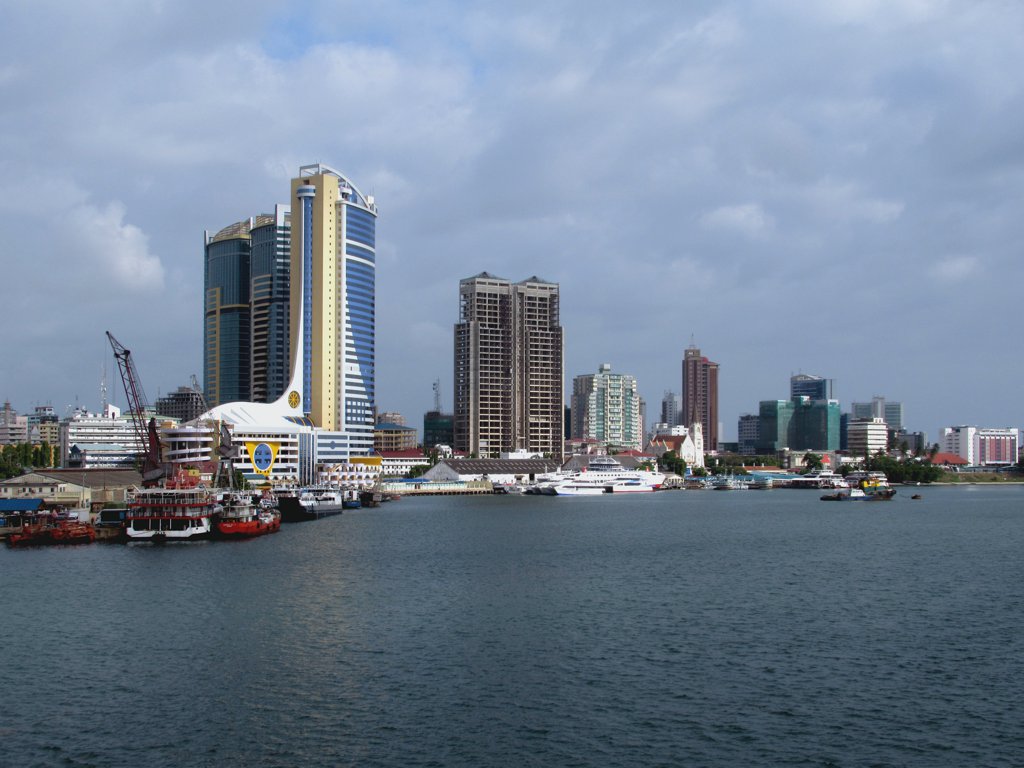
Tanzania has registered an interest rate of 5.5% for the month of January, and this rate will be applicable throughout the first quarter of 2024. This positions Tanzania among the ten African countries with relatively low interest rates. The leader in this regard is Cape Verde with an interest rate of 1.25%, followed by Seychelles at 2%, Botswana at 2.4%, and then Morocco, Libya, and Algeria, all sharing an interest rate of 3%. Subsequently, Comoros follows with an interest rate of 3.08%, Mauritius at 4.5%, and the Democratic Republic of the Congo (DRC), Gabon, Chad, and Cameroon, all sharing an interest rate of 5%. Finally, Tanzania concludes the list with an interest rate of 5.5%. As of January 2024, Zimbabwe currently holds the highest interest rate in Africa at 130%.
Among East African nations, the Democratic Republic of the Congo (DRC) is the sole country with a low interest rate of 5%, followed by Tanzania with an interest rate of 5.5%. Rwanda follows with an interest rate of 7.5%, Uganda at 9.5%, and Burundi with an interest rate of 12%. Kenya wraps up the list with an interest rate of 12.5%.
Tanzania's economic and monetary policy landscape:
Tanzania's monetary policy is adapting to a new interest rate-based framework, and the economic outlook suggests a focus on maintaining stability, containing inflation, and supporting growth, with a positive assessment of domestic and external economic conditions.
Monetary Policy Transition:
The Monetary Policy Committee (MPC) conducted its meeting on January 18, 2024, marking the first time the Bank of Tanzania implemented monetary policy using interest rates. This shift is highlighted as a significant milestone in the country's monetary policy transformation.
Interest Rate Decision:
The MPC decided to set the Central Bank Rate (CBR), or policy rate, at 5.5 percent for the first quarter of 2024. The decision considers the dual objectives of containing inflation within the medium-term target of 5 percent and supporting economic growth, aiming for a growth rate of 5.5 percent or higher in 2024. The stability of the exchange rate is also a key consideration.
Economic Performance and Outlook:
Domestic Economic Performance:
Monetary Conditions and Financial Sector Stability:
Fiscal Performance:
Government fiscal performance was satisfactory, with revenue improvement, expenditure alignment, and measures to broaden the tax base.
External Sector Improvement:
The external sector improved, with a declining current account deficit, forex inflows, adequate foreign reserves, and a stable exchange rate. The external sector is expected to continue improving in the first quarter of 2024.
Exchange Rate Stability:
The MPC emphasized the need to implement measures to enhance the interbank foreign exchange market and ensure the stability of the exchange rate.
Tanzania's economic landscape is characterized by a significant shift in monetary policy, a cautious approach to interest rates, positive domestic economic performance, and measures to maintain stability in the face of global economic challenges. The country aims to balance inflation containment with support for economic growth, reflecting a strategic and forward-looking approach to economic management.
The Monetary Policy Committee (MPC) held a significant meeting on January 18, 2024, marking the initiation of monetary policy implementation using interest rates.
The transition from monetary targeting to an interest rate-based framework is considered a major milestone in Tanzania's monetary policy evolution.
The MPC decided to set the Central Bank Rate (CBR) at 5.5 percent for the first quarter of 2024.
The decision reflects a balance between containing inflation within the medium-term target and supporting economic growth, with a specific growth target of 5.5 percent or more in 2024.
The global economic scenario is characterized by weak growth in 2023, projected to persist into the first quarter of 2024.
Factors such as geopolitical tensions, tightening monetary policies, and economic uncertainties contribute to the global economic challenges.
Tanzania's domestic economy performed well in 2023, with growth rates exceeding 5 percent in the third quarter.
Projections indicate continued growth in Mainland Tanzania, with a rate of 5.2 percent expected in the first quarter of 2024.
Inflationary pressures remained subdued globally, with advanced economies experiencing inflation above the 2 percent target.
In Tanzania, inflation declined to 3 percent in December 2023, and projections indicate stability around 3.2 percent in the first quarter of 2024.
Monetary conditions tightened in 2023, leading to slowed money supply growth. Despite this, private sector credit growth remained strong.
The financial sector demonstrated stability, with a liquid and profitable banking sector, improved asset quality, and decreased non-performing loans.
Government fiscal performance in Tanzania was satisfactory, with revenue improvements and prudent expenditure management during the first half of 2023/24.
The external sector showed improvement, marked by a declining current account deficit, increased forex inflows, adequate foreign reserves, and a stable exchange rate.
Foreign reserves reached USD 5.5 billion at the end of December 2023, equivalent to 4.5 months of projected imports.
The MPC emphasized the importance of implementing measures to enhance the interbank foreign exchange market and ensure the stability of the exchange rate.